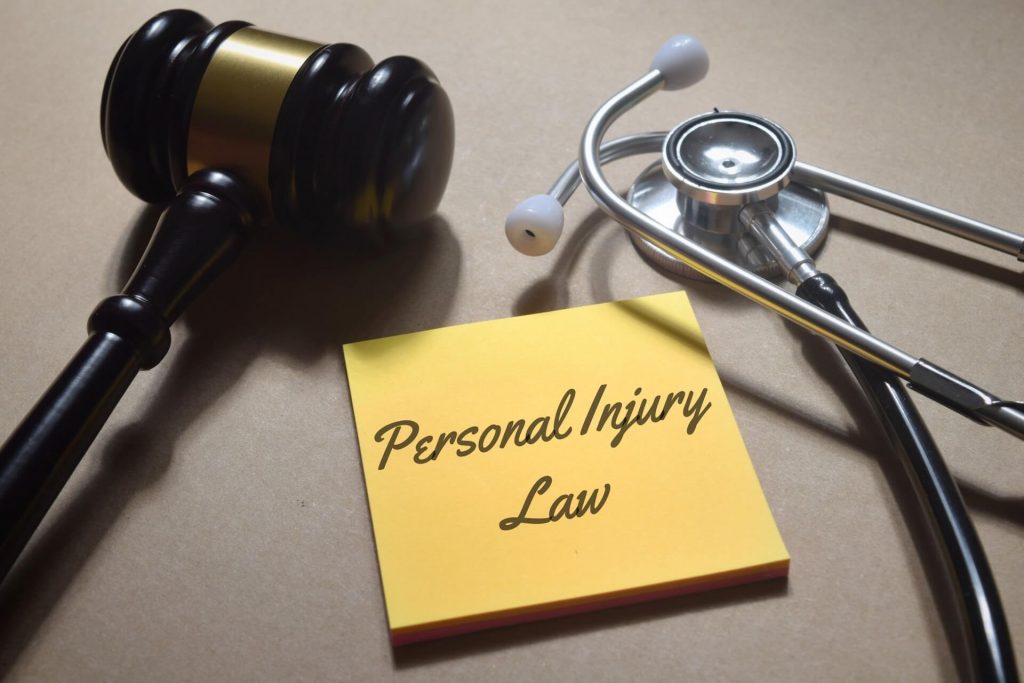Legal terminology can often appear unnecessarily complicated. However, there’s always a reason why certain words have entered California’s legal lexicon. Knowing the implications of key terms could make a big difference in the compensation that plaintiffs could claim.
One of the most challenging distinctions in personal injury law is between “standard negligence” and “gross negligence.” While it can be tricky to understand the differences between gross and standard negligence, clients must know how to appropriately classify their case. Choosing between these terms will result in significant settlement differences.
Gross Negligence vs. Normal Negligence
In Livermore, California personal injury cases, “negligence” refers to heedlessness on the part of the defendant. Even if the defendant didn’t mean to cause harm, they have a responsibility to prevent injuries. Anything someone does that increases the likelihood of an accident could be considered “negligence.”
The separation between gross and standard negligence has to do with the defendant’s intention. Did the defendant knowingly create an unsafe situation? If so, it’s more likely lawyers will charge defendants with “gross negligence.” Under these circumstances, there’s usually some element of “will” involved in gross negligence cases.
By contrast, ordinary negligence doesn’t involve obvious intent on the defendant’s part. While the defendant may have been careless, they didn’t go out of their way to cause an accident. For this reason, many personal injury lawyers compare “standard negligence” with “simple carelessness.”
Since gross negligence is a severe accusation, it carries a greater reward and a higher burden of proof. Plaintiffs need plenty of evidence to convince insurers or a jury that the defendant played a significant role in causing their injuries. Of course, if plaintiffs can prove a gross negligence charge, the compensation will be higher than ordinary negligence.
How Do I Tell If My Case Qualifies as “Gross Negligence?”
Unfortunately, there’s no simple strategy to determine whether your case qualifies as “gross negligence.” Most often, personal injury lawyers refer to other cases when determining the appropriate degree of negligence. If it appears your defendant knowingly created an unsafe situation, then a gross negligence charge may be in order.
Ideally, your personal injury lawyers should have successfully settled a several gross negligence cases. If your lawyer has first-hand experience charging gross negligence, it shows they know what to look for in these cases.
Do I Need a California Lawyer to Prove Gross Negligence?
While you could represent yourself in a personal injury case, most Californians seek the counsel of a personal injury lawyer. One of the advantages of working with a pro lawyer is they can help you charge the appropriate amount of negligence.
Personal injury lawyers should have first-hand experience distinguishing regular negligence from gross negligence, which should help you recover your appropriate compensation. A lawyer will also review and organize your evidence to help build the strongest case against your defendant.
Contact a Livermore Personal Injury Attorney
If you have been injured due to someone’s negligence, it is in your best interest to contact a Livermore personal injury lawyer at Maison Law. With your free consultation and case review, we will carefully examine the circumstances of your case and provide you with an overview of your legal options. When you entrust your case with us, we will build the strongest possible case to cover all of your claimable damages.








